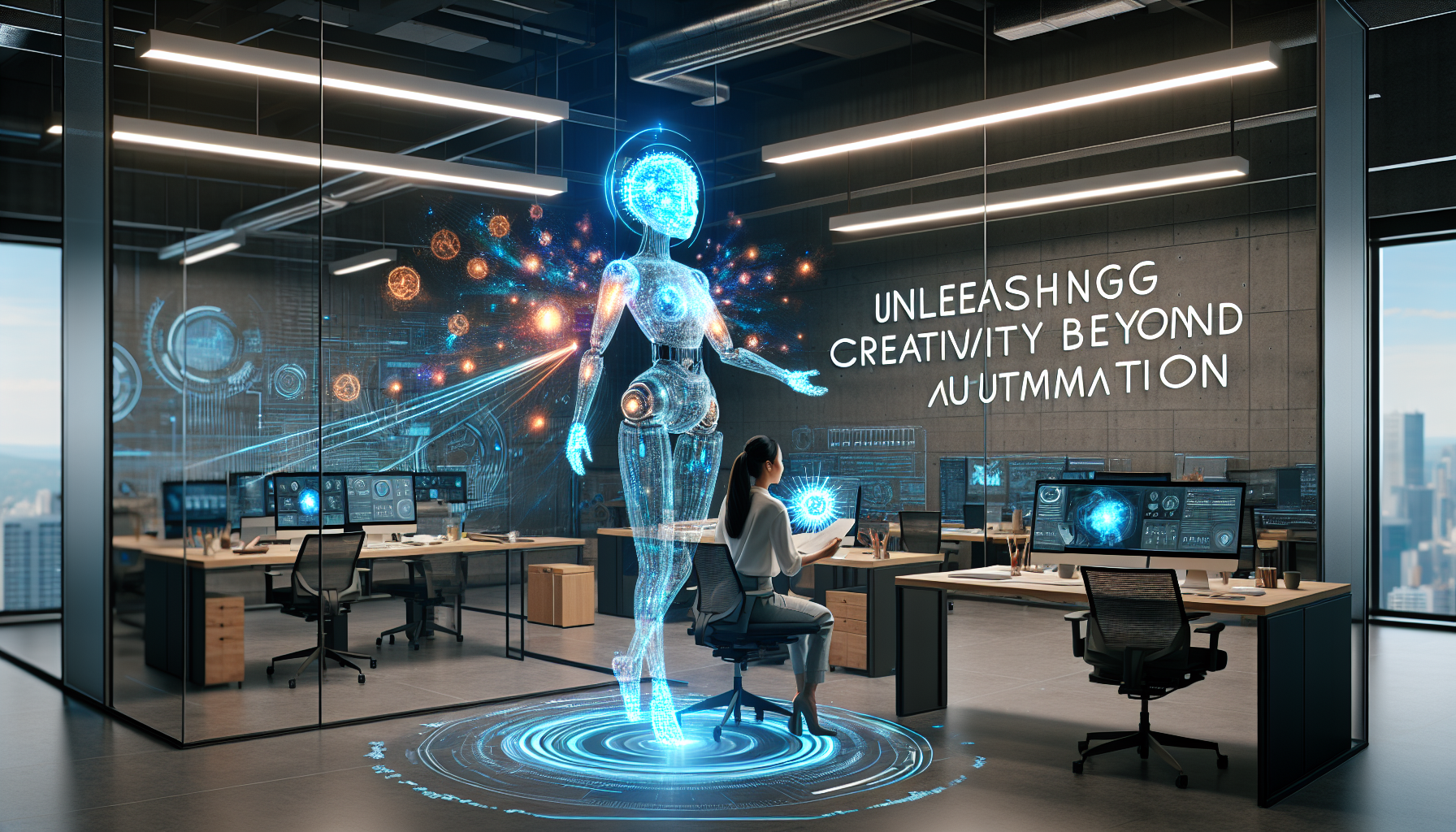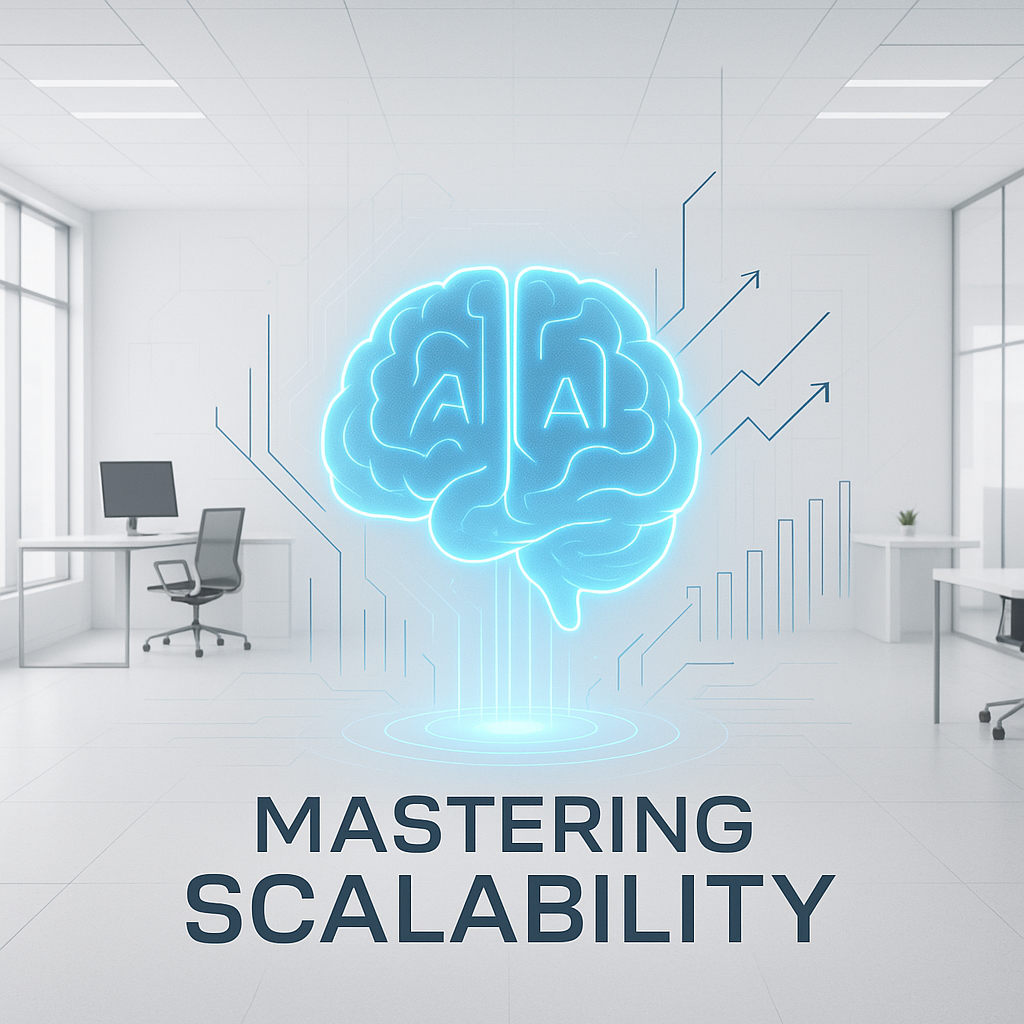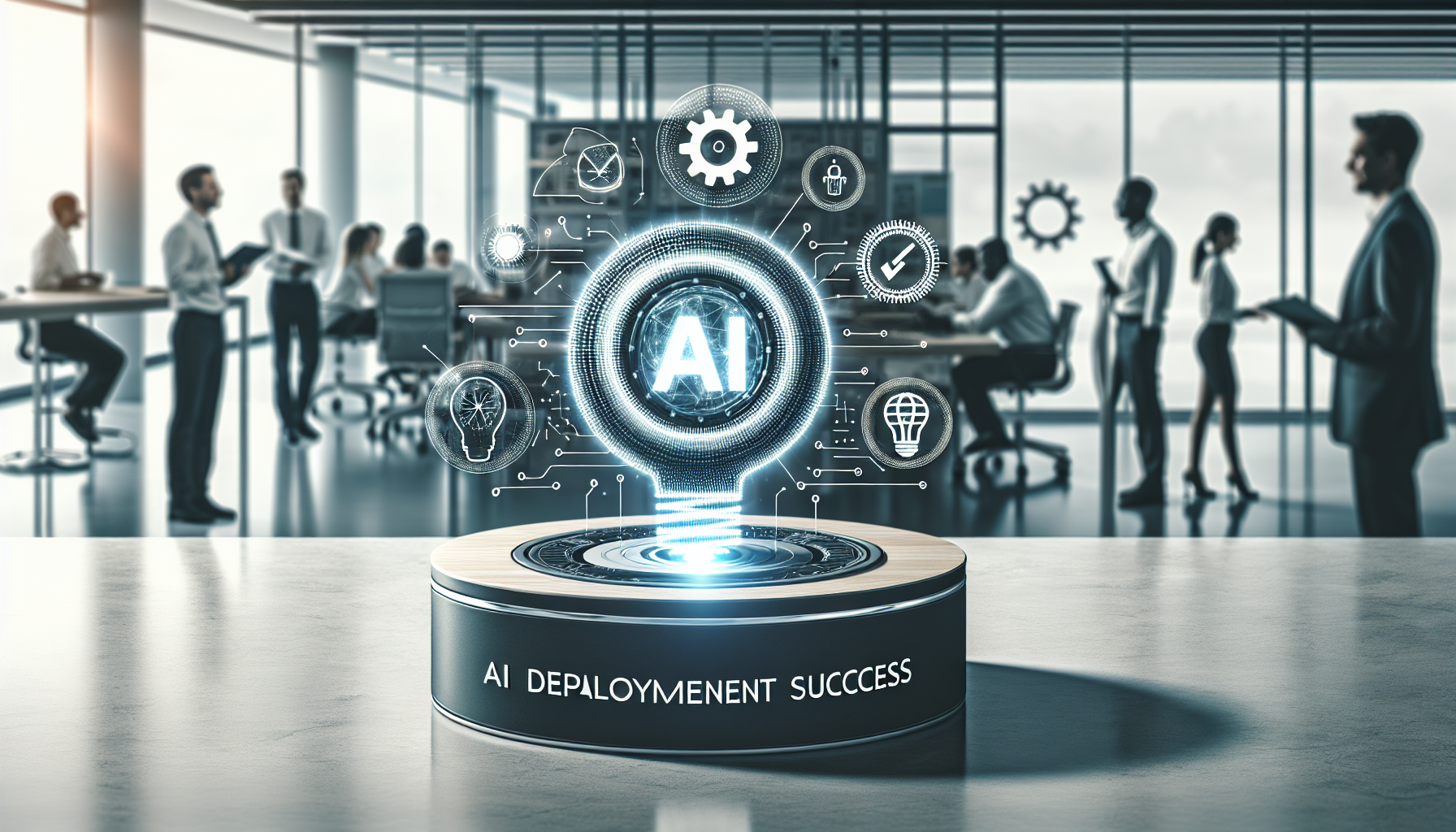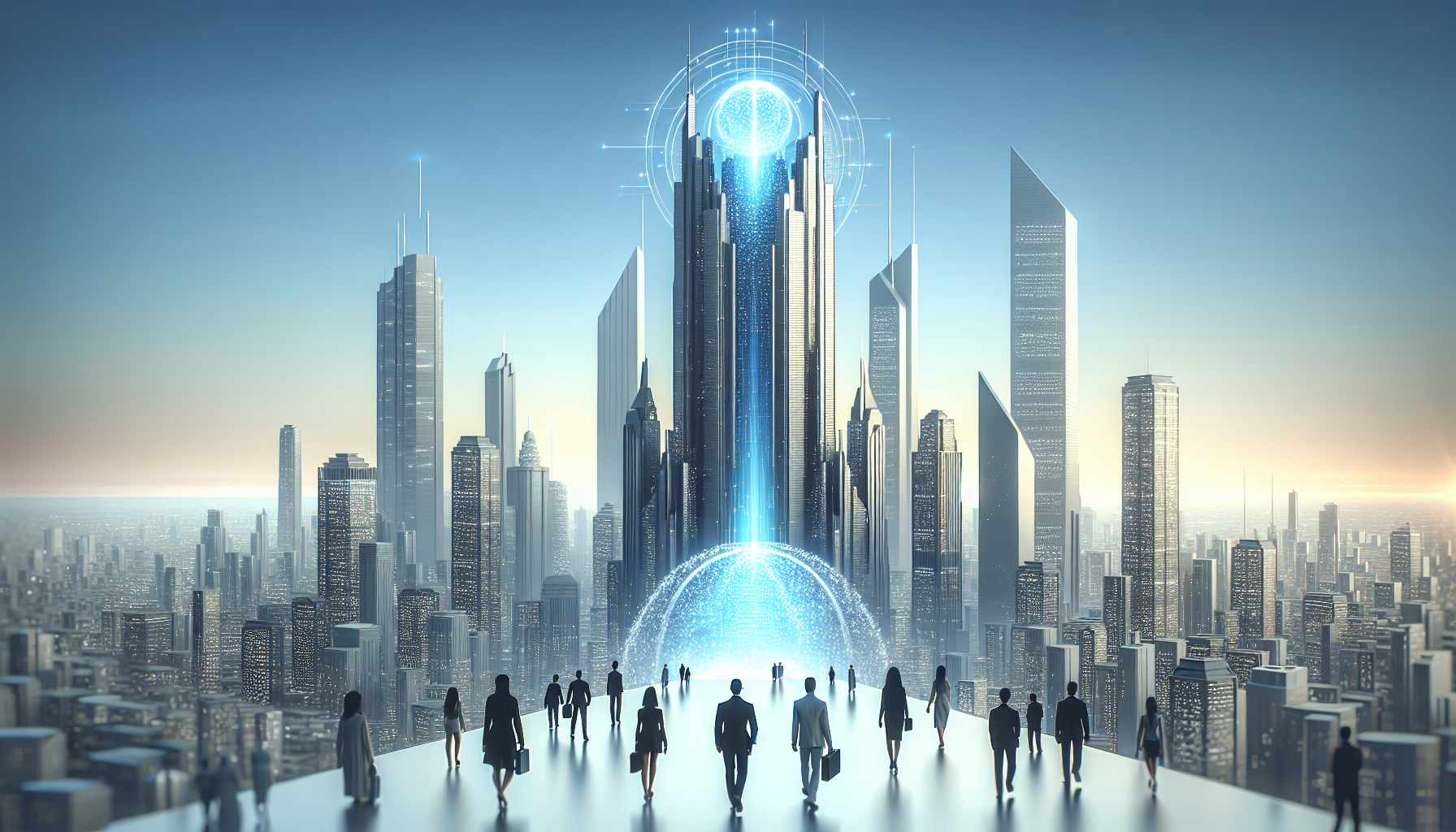Understanding the Intersection of AI and Workforce Creativity
In the contemporary business landscape, artificial intelligence (AI) is often touted for its ability to automate routine tasks and optimize efficiency. Yet, beyond automation, a more nuanced and strategic role of AI lies in its capacity to preserve and enhance workforce creativity. Creativity remains the lifeblood of innovation and competitive differentiation, especially in industries driven by design, marketing, product development, and strategic problem-solving. The critical challenge for leaders is to leverage AI not as a replacement for human ingenuity but as an enabler—an extension of the creative faculties of their teams.
Artificial intelligence solutions today are highly sophisticated, capable of generating insights from vast datasets, suggesting novel patterns, and even assisting in creative processes like content generation, design ideation, and scenario simulation. However, the true potential emerges when these tools align with the company’s core creative objectives, complementing rather than constraining human creativity. This alignment transforms AI from a black-box system into a collaborative partner within business operations.
Demystifying AI as a Creative Collaborator
A prevalent misconception is that AI’s analytical rigor limits its role in creative domains. This perspective overlooks how actionable AI solutions function as cognitive augmenters. For example, natural language processing (NLP) models can analyze customer sentiment across millions of online interactions, presenting creative teams with emerging themes and unmet needs they might otherwise overlook. Similarly, generative adversarial networks (GANs) can conjure diverse design prototypes that inspire human designers, accelerating the ideation phase without dictating final decisions.
A holistic approach to integrating AI in creative workflows involves redefining roles and processes. Creative professionals shift from generating raw ideas to curators and editors of AI-generated outputs, ensuring that the final products resonate with brand values and strategic goals. This symbiosis amplifies creativity, as AI handles the heavy lifting of data processing and scenario generation, freeing human creativity to focus on emotional resonance, intuition, and contextual judgment.
Practical Frameworks for AI-Enhanced Creativity
Deploying AI to enhance workforce creativity requires a strategic framework that respects the nuances of human-centric innovation. The first step is identifying creativity bottlenecks within existing processes. Are creative teams spending excessive time on mundane tasks, absorbing vast amounts of unstructured data, or stuck in repetitive brainstorming cycles? AI can relieve these pain points by automating background research, sentiment analysis, and preliminary ideation.
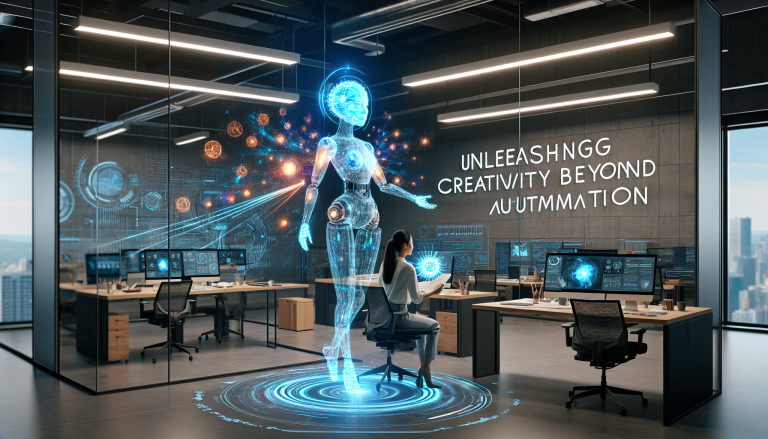
The next phase involves selection and customization of AI tools aligned with the specific creative demands of the business. Custom AI models designed for domain-specific needs—such as predictive analytics for marketing campaigns or automated video storyboarding—yield actionable solutions tailored for maximum impact.
Equally important is fostering a culture that embraces experimentation with AI. Organizations that encourage cross-disciplinary collaboration between data scientists, creative professionals, and business strategists often generate the most innovative outcomes. This synergy enables the continuous refinement of AI tools based on real-world creative feedback, transforming AI integration into an iterative, learning-driven process.
Addressing Ethical and Human-Centric Concerns
Ethics play a crucial role in how AI interacts with human creativity. Overreliance on AI-generated content or designs risks homogenizing creative outputs, reducing diversity, and eroding individual expression. Businesses must establish guardrails that preserve authentic human perspectives and creative agency. This includes transparency about AI’s role in content creation and clear attribution policies.
Moreover, AI systems should be audited to safeguard against inherent biases that could subtly influence creative decision-making. For instance, datasets used for training AI in marketing materials might perpetuate stereotypes if not critically assessed. An ethical AI deployment ensures inclusivity and diversity remain paramount within creative endeavors.
A people-first approach ensures AI supports professional growth rather than threatening job security. By positioning AI as a tool for augmenting creativity, businesses retain their most valuable asset—their creative workforce—while scaling innovation sustainably.
Case Studies Illuminating AI-Enabled Creativity
Several leading organizations have demonstrated remarkable success in using AI to nurture and amplify workforce creativity. In the entertainment industry, companies employ AI-driven tools to analyze audience preferences and generate storyboard variations, which creative teams then refine into compelling narratives. This collaboration reduces time-to-market while maintaining artistic integrity.
In the fashion sector, AI algorithms analyze global trend data and customer preferences to suggest innovative clothing designs. Designers utilize these AI-generated concepts as springboards for bespoke creations, melding data-driven insights with human aesthetic sensibilities.
Marketing firms increasingly use AI to personalize campaign content dynamically, leveraging machine learning algorithms to craft messages that resonate with distinct demographic segments. Creative teams focus their efforts on high-level storytelling and brand coherence, supported by AI’s granular data analysis.
These examples underscore how AI, when aligned with business goals and creative processes, elevates collective output and opens new frontiers of innovation.
Building Resilient AI-Creativity Ecosystems
Sustaining creativity-enhancing AI initiatives requires continuous investment in workforce upskilling and technology evolution. Companies that prioritize professional development in AI literacy empower creative professionals to experiment confidently with emerging tools. Workshops, hackathons, and cross-functional innovation labs nurture talent while fostering an AI-ready mindset.
Furthermore, organizations should establish metrics that measure not only efficiency gains but also the qualitative impact of AI on creative outcomes. These metrics might include employee engagement levels, creative output diversity, and the speed of innovation cycles. Regularly reviewing these benchmarks ensures that AI deployments remain aligned with evolving business ambitions and creativity imperatives.
Finally, strategic partnerships with AI vendors and academic institutions can keep businesses at the forefront of technological advances. Collaboration accelerates access to cutting-edge actionable AI solutions and deepens organizational expertise.
Harnessing AI for Sustainable Competitive Advantage
Ultimately, the integration of AI into creative workflows is a defining differentiator in today’s hypercompetitive markets. Organizations that thoughtfully balance human creativity with AI’s analytical power cultivate resilience, adaptability, and continuous innovation. This balance enables them to respond to shifting consumer demands, explore new market opportunities, and craft distinctive brand experiences.
By viewing AI as a strategic partner rather than a disruptive threat, businesses unlock vast reservoirs of creative potential. The synergy between artificial intelligence and human ingenuity fosters a culture where innovation thrives, fueling sustainable growth and long-term success. This approach embodies the future of work—one where technology and talent collaborate seamlessly to achieve extraordinary outcomes.
